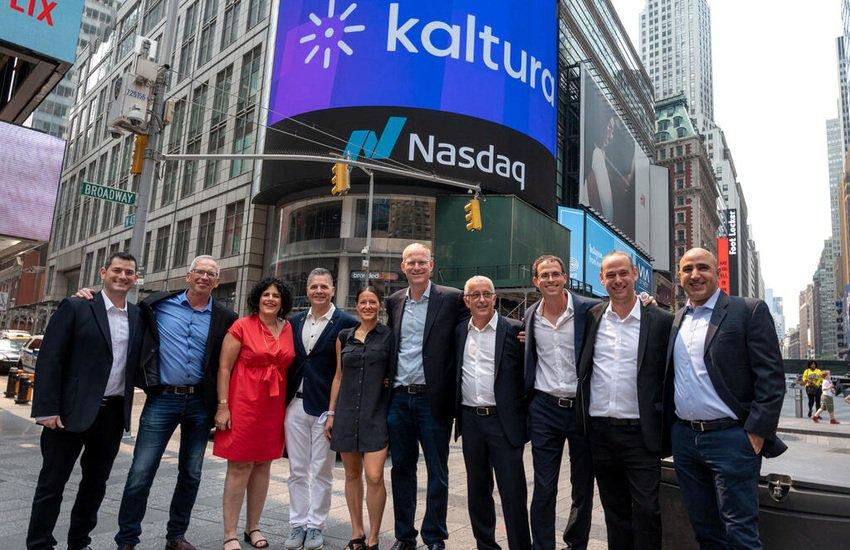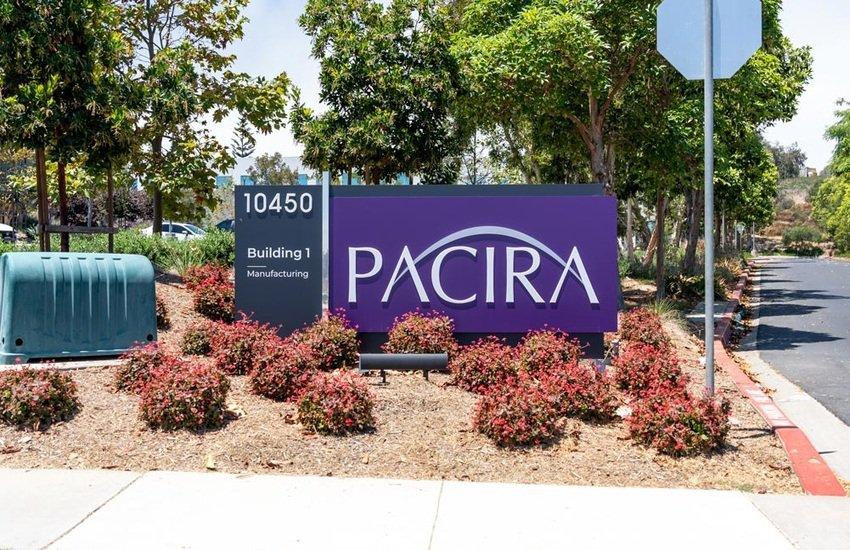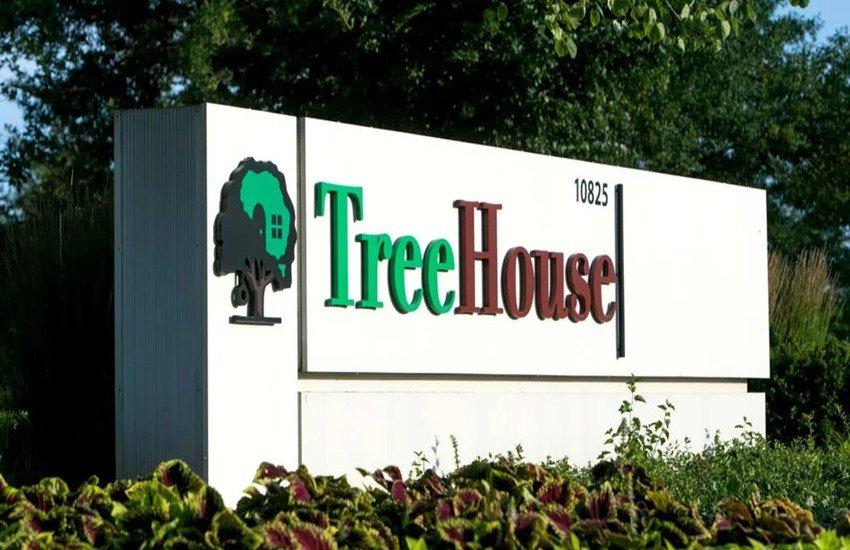Big news from Cadre Holdings (NYSE: CDRE)! Recently, the company shared its plan to buy TYR Tactical, a company that makes high-end gear for military and law enforcement, for a total of $175 million. That includes $150 million in cash and $25 million in Cadre stock—plus another $25 million down the road if certain goals are hit between 2026 and 2028. TYR Tactical brought in about $92.6 million in revenue last year and has a strong presence not just in the U.S. but also across Europe and Canada. The deal is expected to close sometime in the first half of 2026 and, according to Cadre, will instantly boost its profits and margins. The move is part of Cadre’s larger strategy to grow beyond public safety gear and get deeper into defense markets. Let’s break down what Cadre could gain from this and how the two companies might fit together.
Opening Doors To Military & Global Markets
So, why does this acquisition make sense? Well, one of the biggest advantages for Cadre is the opportunity to go global. TYR Tactical already works with military forces in nearly 40 countries. About half of its sales last year came from outside the U.S., with major wins like a $200 million contract with Denmark. While Cadre’s well-known brand, Safariland, mainly serves police and law enforcement at home, TYR is focused more on military and federal customers—especially in Europe. This means there’s almost no overlap in customers, and that’s a good thing. It lets Cadre enter markets it hasn’t been able to reach before without stepping on its own toes. Plus, TYR's contracts tend to be longer and more predictable. For example, they often get six months of visibility into future orders, compared to the one or two months that Cadre is used to. That kind of planning power could help Cadre better manage its operations and forecast growth. Add in TYR’s high-end gear like body armor and shields, and it’s clear this deal could help Cadre tap into growing global demand for protective equipment.
Boosting Innovation With Better Tech & Gear
Now let’s talk about TYR’s secret sauce—its tech. The company has spent years building up some pretty impressive tools and systems to make top-tier gear. Their Arizona facility uses advanced machinery like autoclaves (think of them as super pressure cookers for armor) and high-end pressing systems to create next-gen materials. On top of that, TYR owns 80 patents and has another 27 in the works, plus nearly 60 trademarks around the world. This gives Cadre access to some very unique products and technologies. One standout is TYR’s female body armor, designed to be protective without being bulky—something that’s long been overlooked in the industry. While Cadre has plenty of experience in soft armor and police gear, TYR’s cutting-edge approach to hard armor and tactical gear gives them a big boost in engineering firepower. Bringing TYR into the fold means Cadre can speed up how it develops new gear, cut back on outsourcing, and even improve its profit margins by offering more exclusive, high-value products. In a field where innovation can mean life or death, having this kind of edge isn’t just nice—it’s essential.
Stronger Margins & Smarter Operations
Let’s shift gears to the money side of things. Cadre says this deal will start paying off right away by boosting profits and profit margins. While they haven’t shared TYR’s exact earnings, the hints suggest it has solid margins—likely over 20%. That’s a great fit with Cadre’s goal of moving away from lower-margin, everyday gear into premium, high-value products. What’s more, Cadre isn’t breaking the bank to make this happen. It’s using a mix of cash and its existing credit line to fund the purchase, and even after that, its debt levels will stay in a healthy range. TYR’s facilities in Arizona, Texas, Canada, and Denmark offer plenty of room for Cadre to streamline operations and potentially save on manufacturing and shipping costs. TYR also brings in big government contracts, which are usually priced for value rather than cost—so there’s less haggling over price and more focus on quality. That kind of pricing power could help Cadre improve its cash flow and make future planning more predictable. When you add it all up, this looks like a smart financial move that lines up with Cadre’s long-term strategy.
Two Brands, No Customer Overlap & Big Cross-Sell Potential
Here’s a fun fact: TYR Tactical and Cadre’s Safariland brand serve completely different customers. Safariland is all about law enforcement—your local police and state agencies—while TYR is focused on military groups, both in the U.S. and overseas. That’s actually a big win for Cadre. With no overlap, the company can now offer a much wider range of gear to different types of customers without stealing sales from itself. Imagine being able to pitch everything from soft armor to hard plates and tactical shields in a single bundle—that’s the kind of cross-selling power this deal creates. TYR also has a strong reputation in Europe, and Cadre could use those relationships to introduce its other products into those markets. Plus, Cadre’s centralized sales and customer service teams can help TYR scale up without blowing up costs. The two companies complement each other nicely—TYR brings the military expertise and engineering know-how, and Cadre brings the infrastructure and reach. Over time, this could lead to more repeat customers, bigger orders, and a stronger position in the defense and public safety world.
Final Thoughts – Is This A Smart Deal?

Source: Yahoo Finance
Cadre’s move to acquire TYR Tactical certainly checks a lot of strategic boxes. It opens the door to global military markets, adds serious tech muscle, and could boost both earnings and margins. There’s also minimal overlap between the two companies, which makes for a clean integration on paper. But it’s not all sunshine. TYR is a fast-growing, founder-led business, and merging that with a larger public company like Cadre comes with risks—especially when it comes to culture and operations. Cadre will also need to navigate different rules, tariffs, and supply chains as it expands globally. From a valuation angle, Cadre isn’t cheap. Its latest numbers show a trailing EV/EBITDA of 21.9x and an EV/Revenue multiple of 3.42x—pretty steep for the sector. That means the market already expects a lot from Cadre, and any hiccups with the TYR deal could put pressure on the stock. While the acquisition has plenty of promise, whether it pays off will depend entirely on how well Cadre executes post-close.













